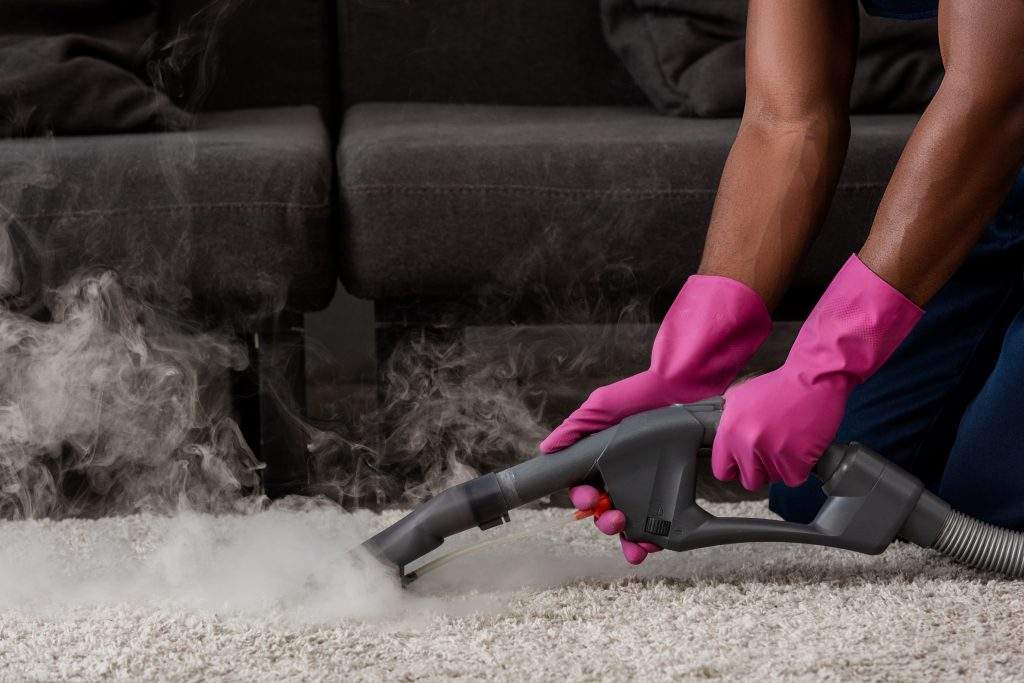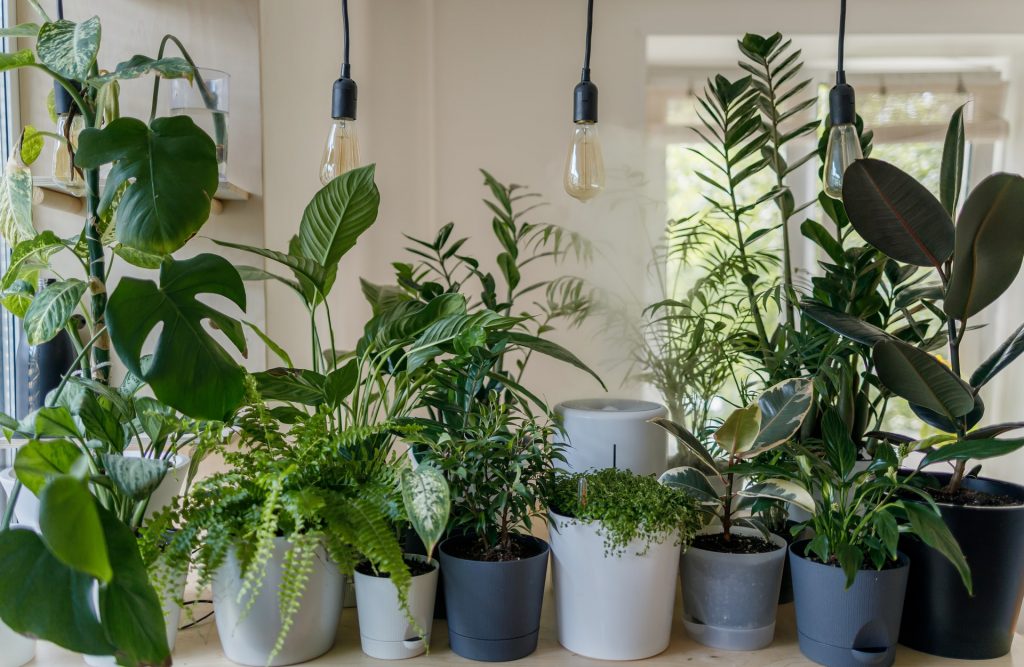Tips To Help Maintain Your Carpet
When renting a home, thinking long-term about the maintenance of carpeting can be overlooked. This is because renters often don’t plan on staying in a home for more than a year at a time. With the low vacancy rates and housing shortages all over the country, tenants are finding themselves in leases for longer than they intended. This means the responsibility for regular care of the home falls on the tenants. Here are some tips for maintaining the carpets in your home:
No shoes
Having a “no shoes” policy in your home can be difficult to enforce, especially when it comes to your daily movements, but it is one of the best ways to make sure you maintain a clean carpet. To help you and your guests get in the habit of removing shoes whenever stepping inside, keep a shoe rack and bench near the front door. You can also keep a set of indoor flip-flops and slippers for yourself and any guests so they don’t have to walk around barefoot.
Clean stains immediately
Don’t procrastinate when it comes to cleaning stains with a stain remover. If you’ve already had half a bottle of wine and you spill a little on the carpet, you might be inclined to put it off until later. If you’re in the middle of a meal and spill a little on the carpet, you might put it off until after you’re done eating, and this increase the risk of forgetting about it altogether. Keep a stain-remover nearby that you can quickly spray on any stain immediately that way it doesn’t set in and become more difficult to remove later.
Indoor air quality
Depending on the climate, indoor air quality can have a big impact on the condition of your carpet. If you live in a dry climate, for example, dust and pollen can cover your carpet fairly quickly. Use indoor air filters to improve the air quality and remove the dust and pollen in the air before it settles in your carpet. The best way to do this is to set the air filters by any windows or places that get heavy airflow to capture any dust and pollen in the air.
Don’t eat in carpeted rooms
This one can be difficult, especially if you enjoy eating in bed or while you’re watching TV. If you can resist the urge and keep all food consumption to the kitchen, your carpet will stay cleaner much longer. If you can’t resist the urge to eat while watching TV, be sure to use some sort of protective floormat or area rugs that can be easily replaced and protect the area of the carpet where you eat.
Professional cleaning

Don’t forget to hire professionals to clean your carpet at least once a year. This is something renters often forget about when it comes to routine maintenance because they often don’t intend to stay in the home for more than a year. The best time to hire a professional to do a deep cleaning is after the rainy season has ended and you don’t have to worry about tracking in any mud or dirty water. While a deep cleaning once a year is a good idea, you can also hire professionals to do a steam cleaning of your carpet once a year as well to help keep your home clean and safe.




















